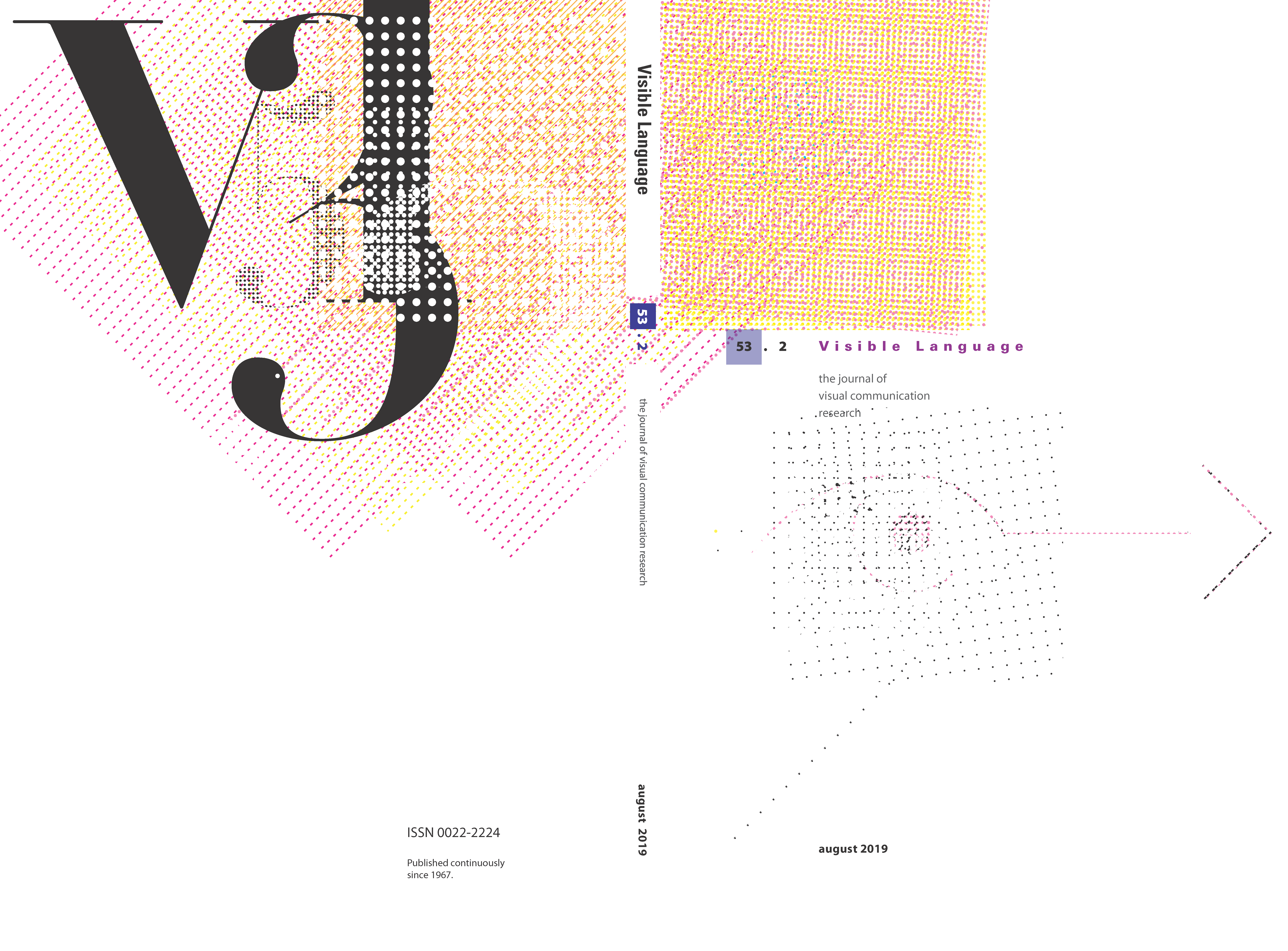Visualizing the terror threat
The impact of communicating security information to the general public using infographics and motion graphics.
DOI:
https://doi.org/10.34314/vl.v53i2.4645Keywords:
Usability, Terrorism, National Security, Instructional Design, Counterterrorism, Motion Graphics, Verbal Aggression, Visualization, Communication, Aesthetics, Graphic Arts, Public Safety, France, United Kingdom--UKAbstract
Terrorism represents one of the most pressing contemporary security threats. As a consequence, governments provide information to the public on threat levels and on how to respond to terror incidents. To effectively reassure the public, and to increase their vigilance, it is essential that the information communicated is accessible, clear, actionable and engaging. This is the first empirical study in the world to explore the impact of information design principles and visualization of information on the communication of security information related to terrorism. Two different but complementary strands were devised: Strand 1 - compared whether more visualized information was more effective than text dense information at communicating to the public; Strand 2 - compared whether a motion graphics was more effective than an infographic at communicating to the public. An initial usability test was conducted to identify existing problems and needs. Several other usability tests and iterations were then conducted to develop new design solutions. Empirical testing was then conducted for final evaluation and validation, collecting quantitative and qualitative data. Results show significant differences between pre- and post-knowledge of the Terror Threat Levels. Results also show significant differences between text dense information and more visualized information. Results further show no significant difference between communicating information via an infographic or motion graphics in situations where information needs to be assimilated as a crescendo (i.e. levels of severity) or as a series of steps to be followed (action in an emergency). This study provides important guidelines on how to effectively communicate security information to the public, with practical implications for security agencies.

